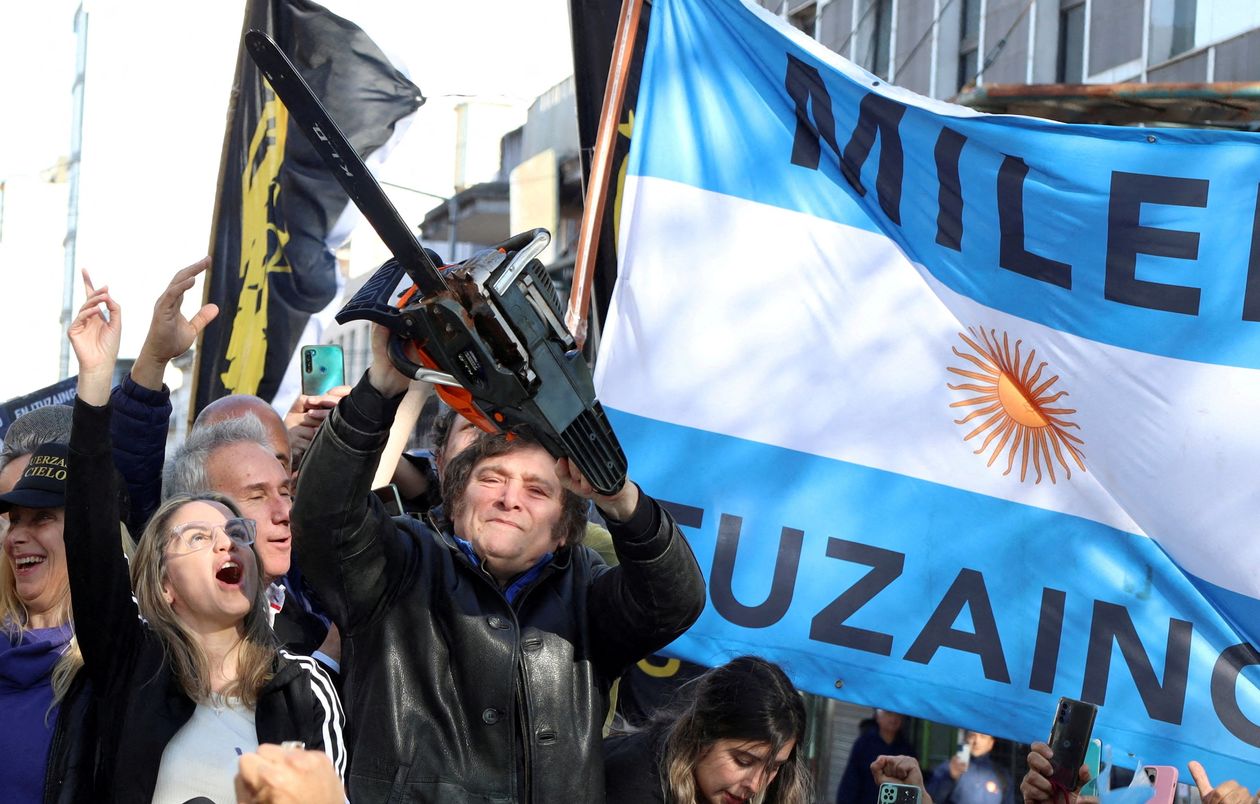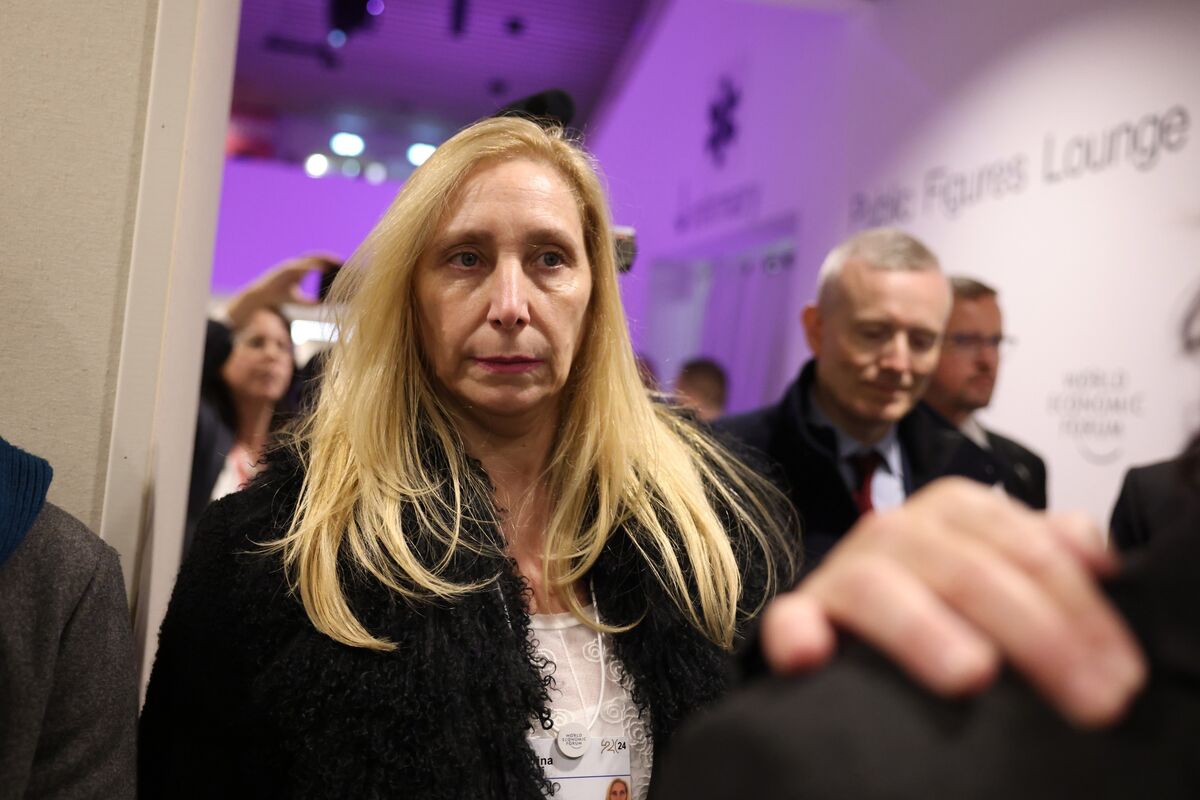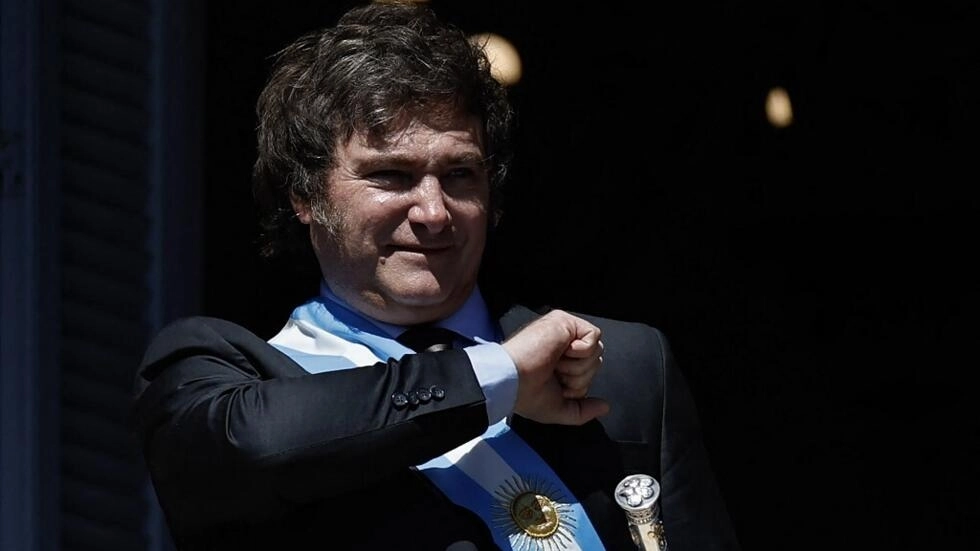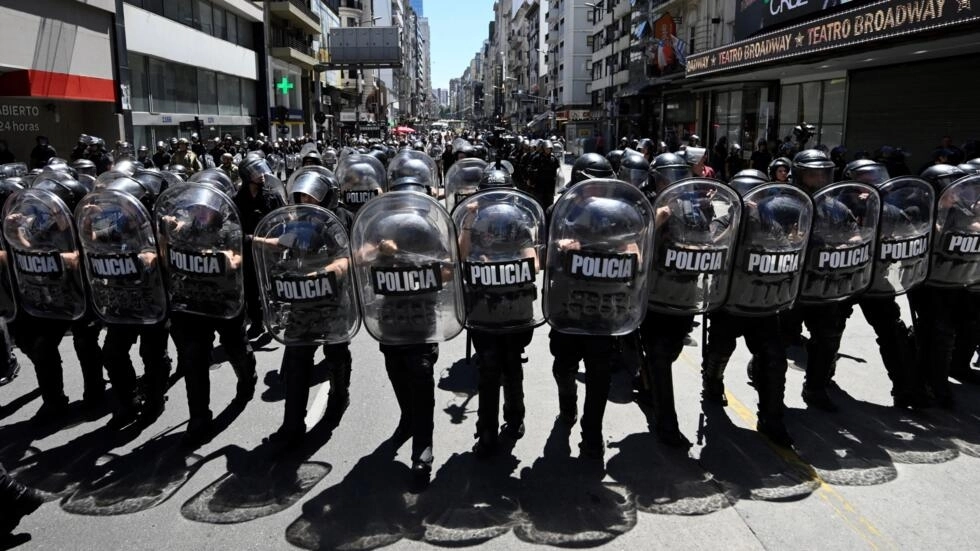This article is more than
4 year oldHow cocaine, fame and the Mafia destroyed Diego Maradona
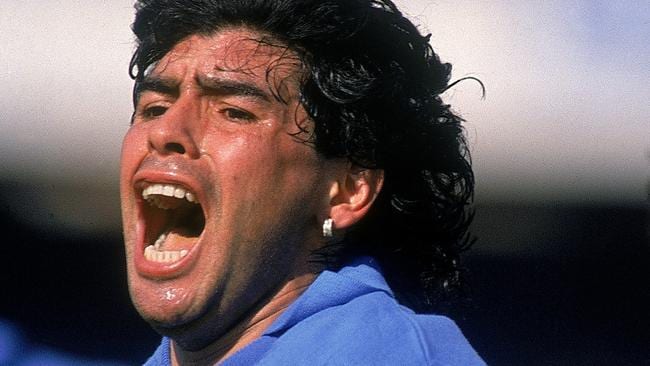
One night in January 1991, Diego Maradona — the world’s most famous football star, then playing for Napoli in Italy’s Serie A — was trying to quietly order two sex workers from an associate of the Neapolitan mafia.
When Maradona made that call, he was an isolated figure, worn down from the constant attention of his fame, unable to go anywhere in Naples, hounded by the media, playing for a club that he wanted to escape and hopelessly addicted to cocaine.
But midway through this discreet, 3:40am order, the woman at the other end of the line insisted Maradona say hello to her son — an adoring Napoli fan.
“That moment is like a tragic comedy,” says Asif Kapadia, director 2019 documentary Diego Maradona which charts the player’s tumultuous seven years in southern Italy, from 1984-1991.
The Argentine football legend died aged 60 of a heart attack on Wednesday, having undergone brain surgery earlier this month
“Here’s a man who’s trying to escape the fame and lose himself in his addictions of sex, drugs, alcohol, but in the middle of it, you’ve got a kid who jumps on the call to ask him about the last match. If you’d put that in an episode of The Sopranos, you’d think it was funny, but you’d think, ‘that would never happen’. But it did. That’s how Diego’s life was.”
Unbeknown to Maradona, the phone call was tapped by authorities, and later used as evidence to bring charges against the midfield dynamo for cocaine possession and distribution (the latter because he offered some powder to the sex workers).
In April of the same year, a drug test found traces of cocaine in his blood, and he was given an unprecedented 15-month ban from playing football.
He then fled Italy for his native Argentina and was promptly arrested for cocaine possession, with police leading a distraught Maradona away in tears.

on April 26, 1991, after being arrested for the possession of a half-kilo of cocaine.Source:AFP
“When he arrived in Naples, he’s bright eyed, and had a big smile,” says Kapadia, who used hundreds of hours of private, previously unseen footage in this deep dive, as well as fresh interviews with Maradona himself.
“But when he left, he was broken from damage that was partially self-inflicted.”
It was a shocking downfall of the most gifted player of his generation; the equal of modern-day greats such as Cristiano Ronaldo or fellow Argentine Lionel Messi.
But unlike them, Maradona was also a player who had a romantic, rags-to-riches backstory that was as alluring as his on-field talents.
MARADONA’S DIRT POOR UPBRINGING
One of eight children, he was born in 1960 to a dirt-poor family living in the slums of Buenos Aires.
Maradona’s ability with a football began to show at an early age. As rumours of his prodigious talent grew, a film crew famously captured footage of the boy doing tricks, and explaining his ambition was to win the World Cup for Argentina.
As a 15-year-old, Maradona signed for the local Argentina Juniors team, and immediately became financially responsible for his entire family.
He rapidly rose through the ranks before signing to a rival team, Boca Juniors, in 1981 before FC Barcelona swept him up the next year.
But his arrival in Europe was marred by injury and controversy over his hard-partying lifestyle and temperament.
In his final game for Barcelona — 1984’s Copa Del Rey final against Atletico Bilbao — Maradona was involved in a full-scale brawl that included him thrusting a knee into an opponent’s face, knocking him out cold on the field.
To make matters worse, the affair played out in front of the attending Spanish royal family, while the entire country watched on live TV.
After that shameful episode, only Napoli seemed willing to take a risk in buying him. The move to a struggling club was most definitely a downgrade for Maradona, but 80,000 rabid fans showed up to Napoli’s home stadium in July 1984 (before the season had begun) for his official unveiling.
“Naples was one of the poorest, most violent places in Europe at the time,” says Kapadia. “They needed a hero.”

Small, quick, strong, hard to knock off the ball and blessed with unsurpassed technique and intelligence, no one could play like Maradona at his peak. He quickly carried the club (and the much-derided city) on his back as it went from a lost cause to serious contender in Maradona’s first two seasons.
It was a similar scenario for the distinctly average Argentina national team, which Maradona captained at the 1986 World Cup in Mexico.
At the age of 26, he led from the middle, producing sensational solo performances, not least in the quarterfinal, in which they defeated England 2-1.
Maradona scored both goals; the first being the infamous “hand of god” incident, in which he deceitfully punched the ball into the net.
The second, a stunning individual run, started from his own half. He dribbled past five England players for one of the greatest goals in World Cup history.
Argentina was still smarting from its defeat by the British during the Falklands War of 1982, and so Maradona (and almost all of Argentina) regarded it as “revenge.”
He was also pivotal in the final, playing the killer pass for the winning goal in a 3-2 defeat of West Germany. Already adored in Argentina, he became a national hero.
The success continued back at Napoli, as Maradona led them to their first ever title in 1987, scoring 10 goals on the way. It made him an instant Neapolitan deity.
“If you speak badly about Maradona, you are speaking badly about God,” states one fan in the film, with a deadly seriousness.
Maradona’s personal trainer, Fernando Signorini, recalls the player having a blood test, only for a nurse to steal a vial and place it in a local church.
“He was like a demigod — it disturbed him psychologically,” he says.
With his ability to move around the city virtually non-existent, the Camorra — a notorious mafia crew — offered Maradona protection, and indulged his taste for partying, hard drugs and easy women.
Although married to longtime sweetheart Claudia Villafane at the time, he also had a short affair with Cristiana Sinagra — a friend of one of Maradona’s sisters.
Sinagra gave birth to Diego Jr. in early 1987, appearing on Italian TV with the days-old child to proclaim Maradona as the father. Maradona knew the truth, but publicly denied the child.
“I didn’t care,” he admits in the film.
“The issue of not recognising his son comes at a pivotal point in his life,” says Kapadia.
“At the height of his achievement, Maradona felt as though he could never make a mistake or show weakness, so he starts to lie. That’s what leads him down a path when he loses himself.”
He only acknowledged his son in 2016, and has since acknowledged being the father of six children from various affairs, on top of the two daughters he had with his now ex-wife.
At the time, his success on the field continued. Napoli won the UEFA Cup in 1989, and the Serie A title again in 1990. But mentally, Maradona had checked out. He longed for somewhere quieter to play football, and his ever-worsening vices were his main escape.
“Even Napoli fans I’ve spoken to now wish the club had let him go earlier, because maybe then, he wouldn’t have been in such a bad way,” says Kapadia.
Even more upsetting was the 1990 World Cup, held in Italy. During the semi-final (held, as fate would have it, in Naples), Argentina beat Italy during a penalty shootout, with Maradona scoring a key spot kick.
Having been a hero in his adopted country for so long, Maradona became persona non grata in Italy almost overnight.
The drug charges and wiretaps came just months afterwards, and no one from S.S.C. Napoli was even present at the sentencing that decreed his 15-month ban from football.

The battle for redemption was ongoing for Maradona. He briefly returned to Argentina’s 1994 World Cup squad, but failed another drug test — this time for the performance-enhancer ephedrine.
After gradually winding down his career during the 1990s, he struggled with off-and-on cocaine use, obesity and alcoholism.
Last year he was appointed coach of the struggling Gimnasia de La Plata team in Buenos Aires. Despite his fall from grace, Argentines could never find it in themselves to turn their backs on Diego.
This article originally appeared on the New York Post and was reproduced with permission
Keywords
Newer articles
<p>Diddy's homes were recently raided in Los Angeles and Miami by Homeland Security.</p>
India calls for ‘immediate de-escalation’ amid Israel-Iran tensions
Trump offers conditions for Ukraine aid renewal
Why Israel is risking a dramatic escalation with Iran
Bianca Censori stuns in extreme v-neck dress
Israel’s War Leaders Don’t Trust One Another
US helped Israel take down ‘nearly all’ Iranian drones and missiles – Biden
‘Their tactics have changed’: Russia’s bid to blow apart Ukraine’s power grid
Iron Dome, David’s Sling, Arrow: Israel’s air defense against Iran, explained
OJ Simpson to be cremated and no plans to donate brain to science, lawyer says
